Baking enthusiasts understand the joy of achieving the perfect bake—fluffy, light, and delightfully airy. Yet, many struggle with cakes that turn out flat or dense. Ina Garten, the beloved culinary expert, offers her wisdom to transform your baking results. With 15 practical tips, you can elevate your baking game and enjoy superior texture in your cakes and pastries. From understanding ingredient ratios to mastering oven settings, these suggestions are tried and true. Dive into this guide to uncover the nuances of creating fluffier baked goods that impress every time.
Proper Measuring Techniques

Precision in measuring is key to baking success. Using the right techniques and tools ensures consistency. Start with dry ingredients: fluff your flour, then gently spoon it into a measuring cup before leveling. For liquids, use clear measuring cups, eyeing them at eye-level. Baking soda and powder should be measured with dry measuring spoons, leveled off with a knife. A digital scale offers the highest accuracy. Different flours can weigh differently, even if the volume is the same. These nuanced steps contribute to the perfect bake, making fluffier, lighter pastries.
Room Temperature Ingredients
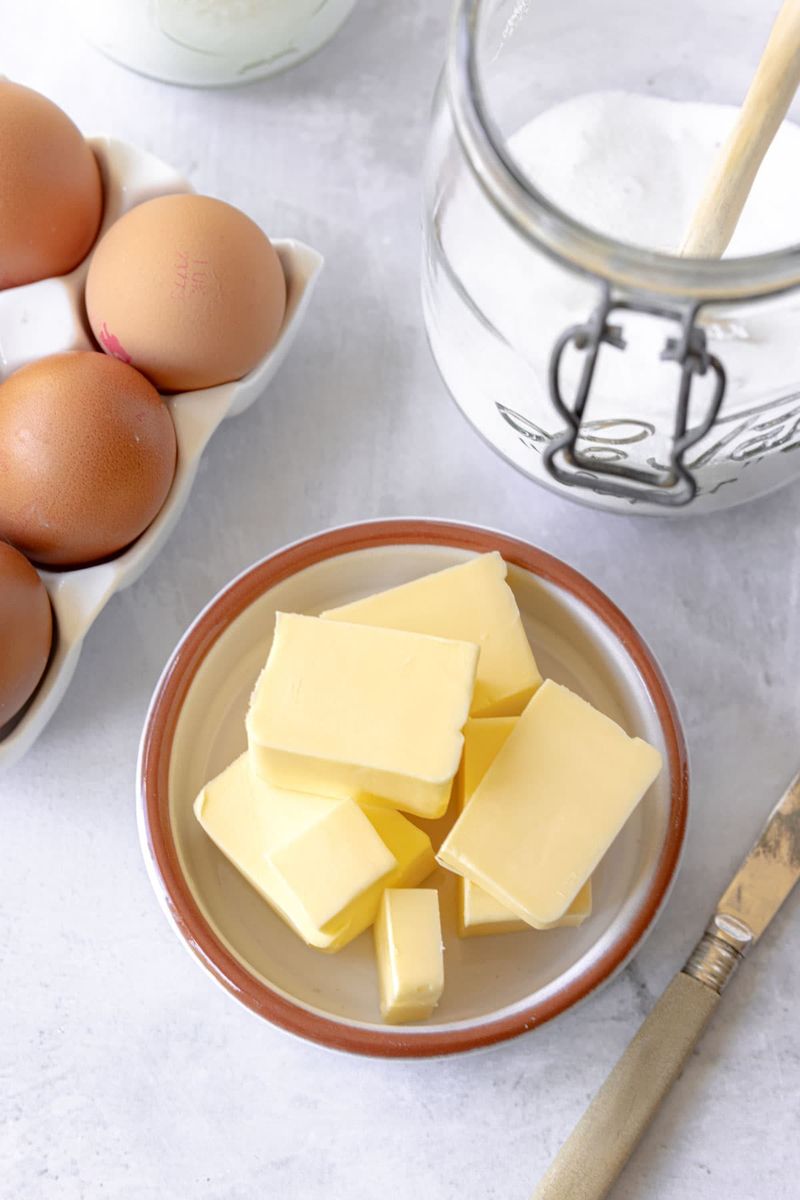
Room temperature ingredients blend uniformly, creating a smoother batter. Cold eggs can cause butter to seize, leading to a lumpy texture. Let butter soften naturally, avoiding the microwave, to maintain its creamy consistency. Eggs and milk should be out of the fridge for at least 30 minutes. This practice ensures that ingredients amalgamate seamlessly, producing an even, fluffy cake texture. The science behind this method is simple: consistent temperatures allow for better air incorporation, a critical factor for light, airy bakes.
Fresh Leavening Agents
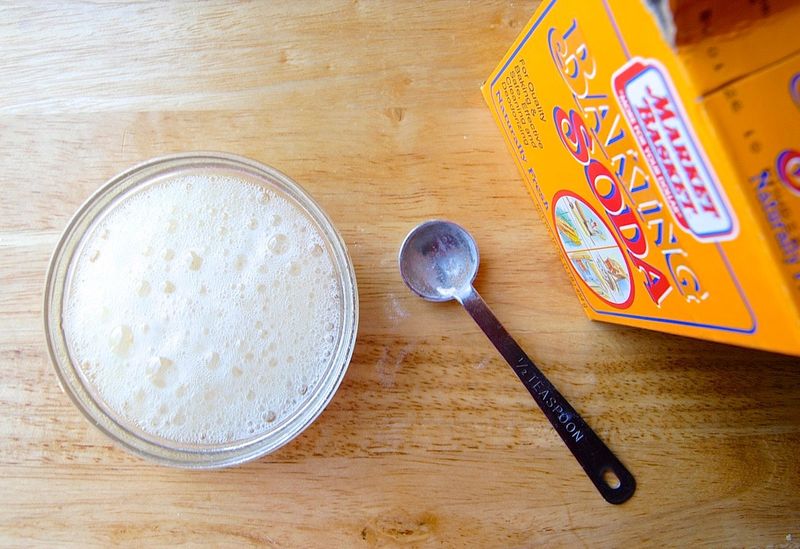
Leavening agents lose potency over time, affecting the rise of your bake. Baking soda and powder should be replaced every six months for optimal leavening. To test their effectiveness, mix a teaspoon of baking powder with hot water—it should bubble vigorously. Likewise, vinegar and baking soda should react immediately. Using fresh yeast is crucial for bread recipes, ensuring a robust rise. These steps ensure your baked goods achieve the desired height and fluffiness, preventing the disappointment of a flat outcome.
Proper Mixing Techniques

Mixing methods greatly influence texture. Overmixing can lead to tough bakes due to gluten overdevelopment. For cakes, cream butter and sugar until light and fluffy, then add eggs one at a time. Fold dry ingredients gently into the wet mix to avoid deflating incorporated air. Alternating additions of dry and wet ingredients helps maintain batter integrity. Mastering these techniques will elevate your baking, resulting in a tender, airy crumb. Understanding mixing nuances ensures that each bite is as delightful as the next.
Sifting Ingredients
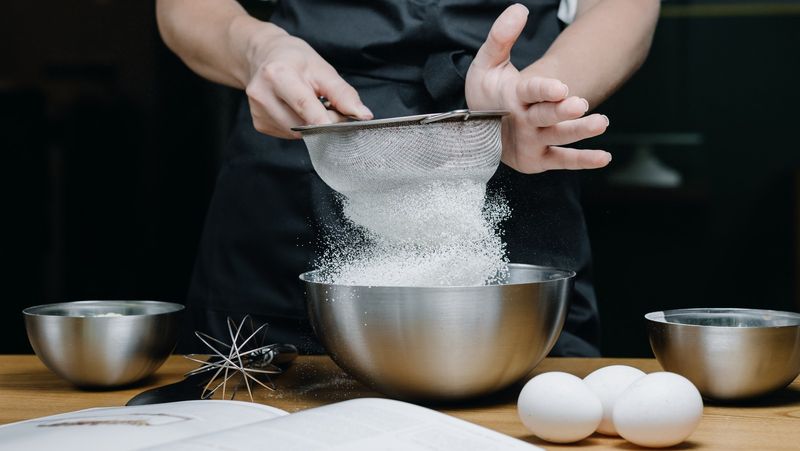
Sifting aerates flour and breaks up lumps, contributing to a lighter cake. This process also evenly distributes leavening agents and spices. Sift flour, cocoa, and baking powder together for a uniform mix. Integrate this step into your routine for smoother batters and puffier cakes. The act of sifting introduces air, a vital component for achieving the desired fluffiness in baked goods. By taking this extra step, your cakes will not only look more appealing but will also have a delightful texture.
Egg Whites Whipping
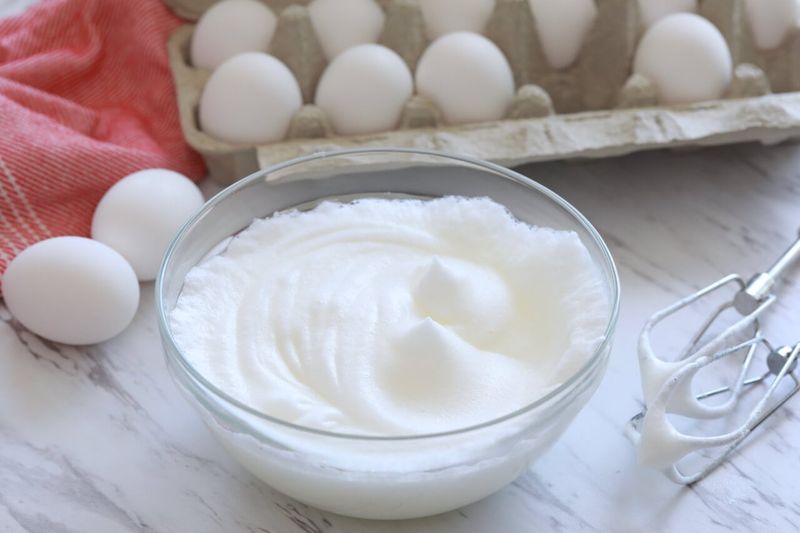
Egg whites are magical in creating volume. Whipping them to stiff peaks incorporates air, essential for fluffy textures. Ensure your bowl and whisk are clean and dry to achieve the best results. Adding a pinch of cream of tartar stabilizes the whites, aiding in forming peaks. Gently fold whipped whites into your batter to preserve airiness. This step is particularly important for soufflés and sponge cakes, where volume is key. Mastering egg whites can transform your baking from mundane to extraordinary, offering delightful lightness.
Use of Buttermilk

Buttermilk adds tanginess while tenderizing gluten, resulting in a softer crumb. Its acidity activates baking soda, enhancing leavening and creating a fluffier texture. Substitute regular milk with buttermilk in recipes for a noticeable difference. If unavailable, make your own by adding lemon juice or vinegar to milk. Let it sit until it curdles. This simple ingredient can elevate pancakes, muffins, and cakes, adding both flavor and texture. Embrace buttermilk for its dual benefits—a delightful, moist bake with a refreshing taste.
Gentle Folding Technique
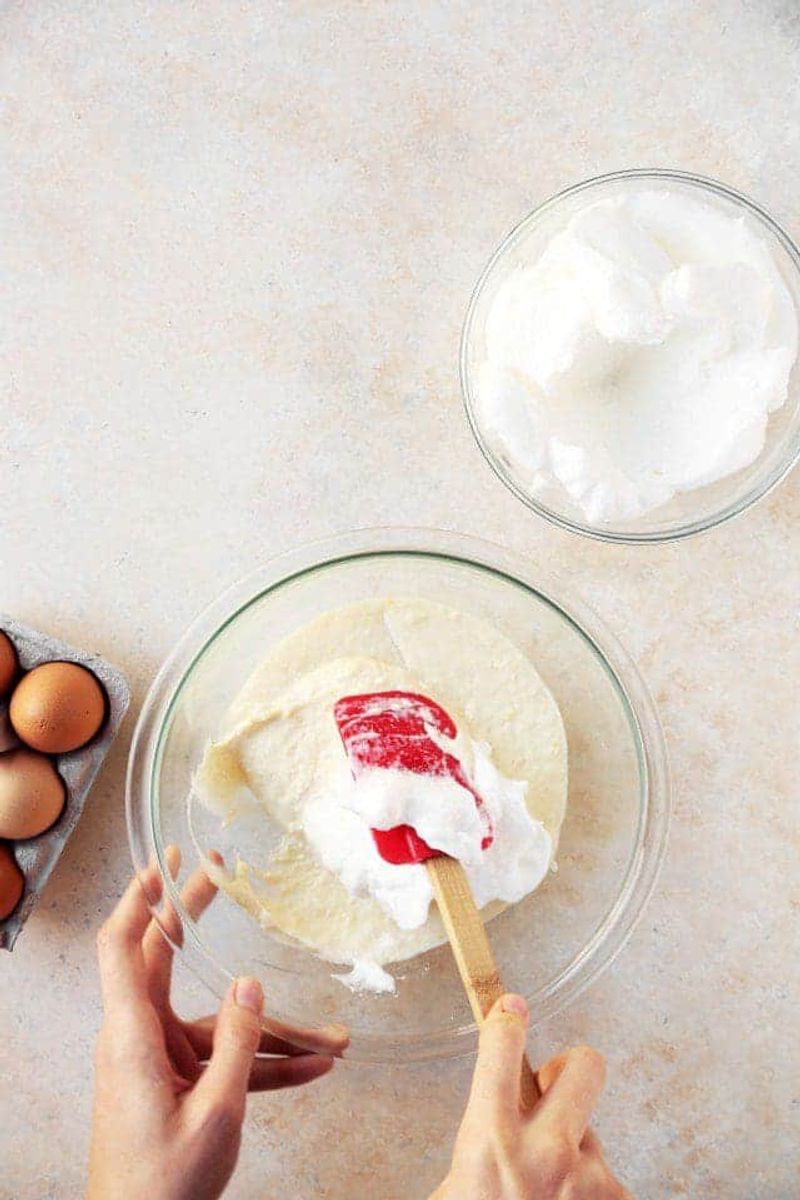
Folding is an art form in baking, ensuring air remains in the batter. Use a spatula to combine ingredients, cutting through the mix and turning it over gently. This method prevents deflating the batter, preserving its airy texture. It’s essential when working with delicate batters like mousse or chiffon. Practice makes perfect, and mastering folding can dramatically improve your bake’s quality. The gentle approach harmonizes ingredients, allowing for an even rise and fluffy outcome in your pastries and cakes.
Preheated Oven
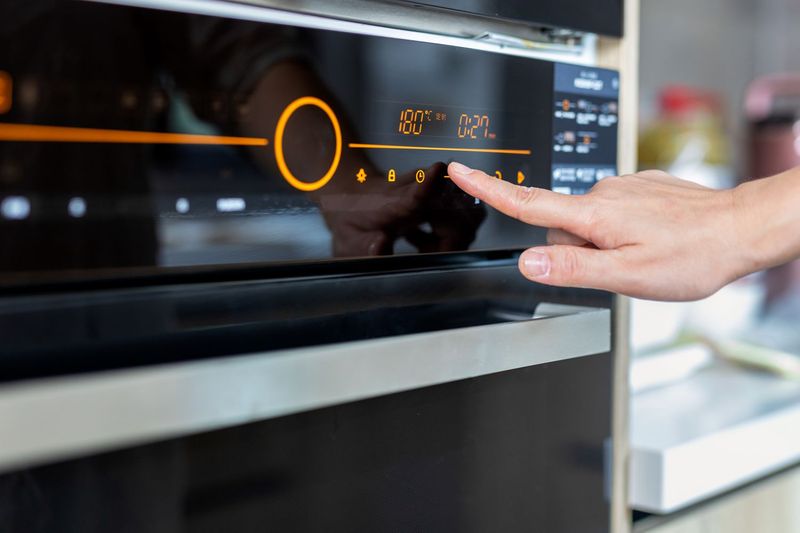
Preheating your oven is crucial for successful baking. Starting with a hot oven ensures that your bakes rise properly, setting the structure immediately. An even temperature prevents sinking and promotes uniform cooking. Use an oven thermometer for accuracy, as built-in indicators can be misleading. Remember, opening the door frequently can cause temperature fluctuations, impacting your bake’s outcome. Preheating might seem minor, but it plays a significant role in achieving fluffy, well-risen cakes and pastries every time.
Correct Oven Placement
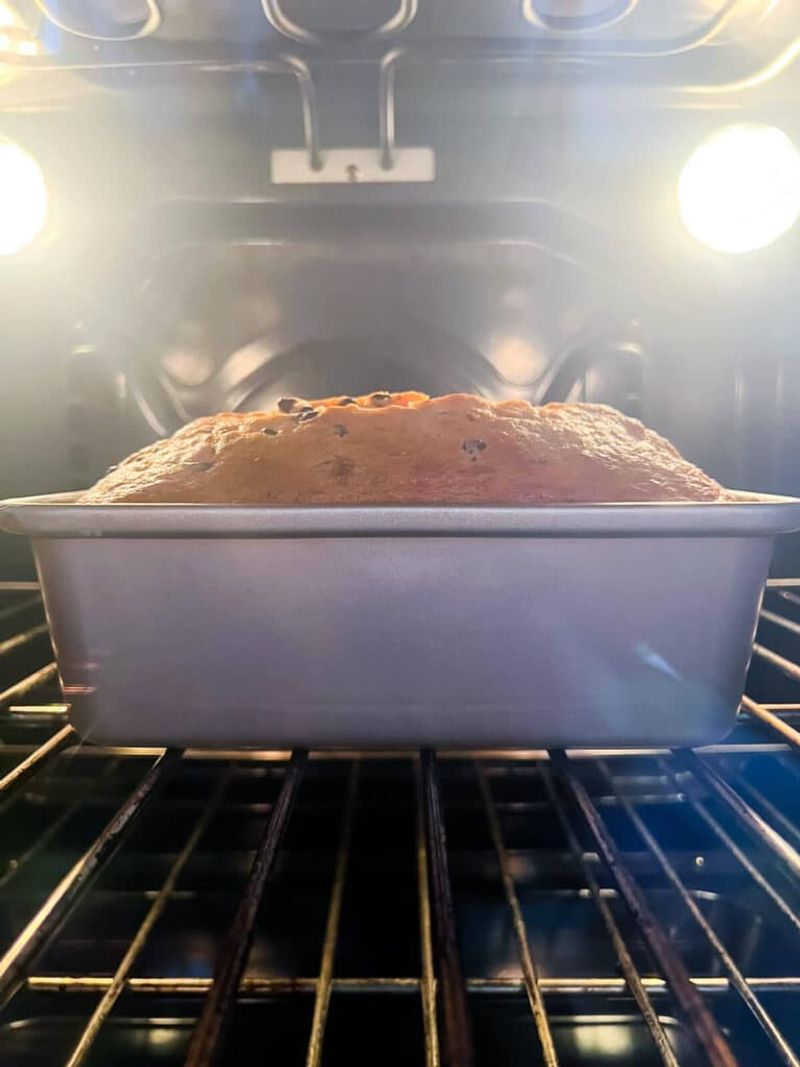
Oven rack placement influences baking results. The center rack is typically ideal for even cooking, allowing air to circulate around the bake. For specific recipes, like pizza or roasted vegetables, different rack levels may be recommended. Uniform heat exposure ensures a balanced rise and prevents burning. Consider rotating your trays halfway through for consistent results. Proper placement is a subtle yet impactful detail, ensuring your bakes are fluffy and perfectly cooked from top to bottom, a mark of professional baking.
Adequate Baking Time
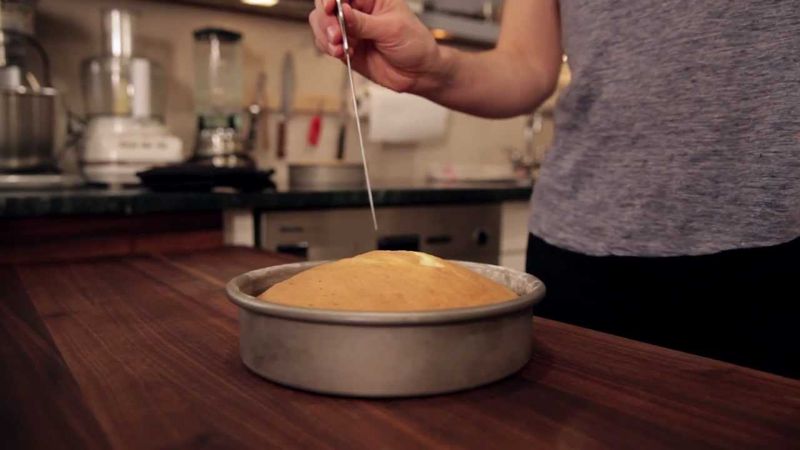
Timing makes all the difference in baking. Too short, and your cake may sink; too long, and it risks dryness. Follow recipe guidelines, using visual and physical cues for doneness. A toothpick inserted should come out clean, with only a few moist crumbs. Allow cakes to cool in the pan briefly before transferring to a rack. This process aids in setting structure and maintaining moisture. Mastering timing leads to perfection, providing consistency in your fluffy, light bakes that delight every time.
Cooling Process
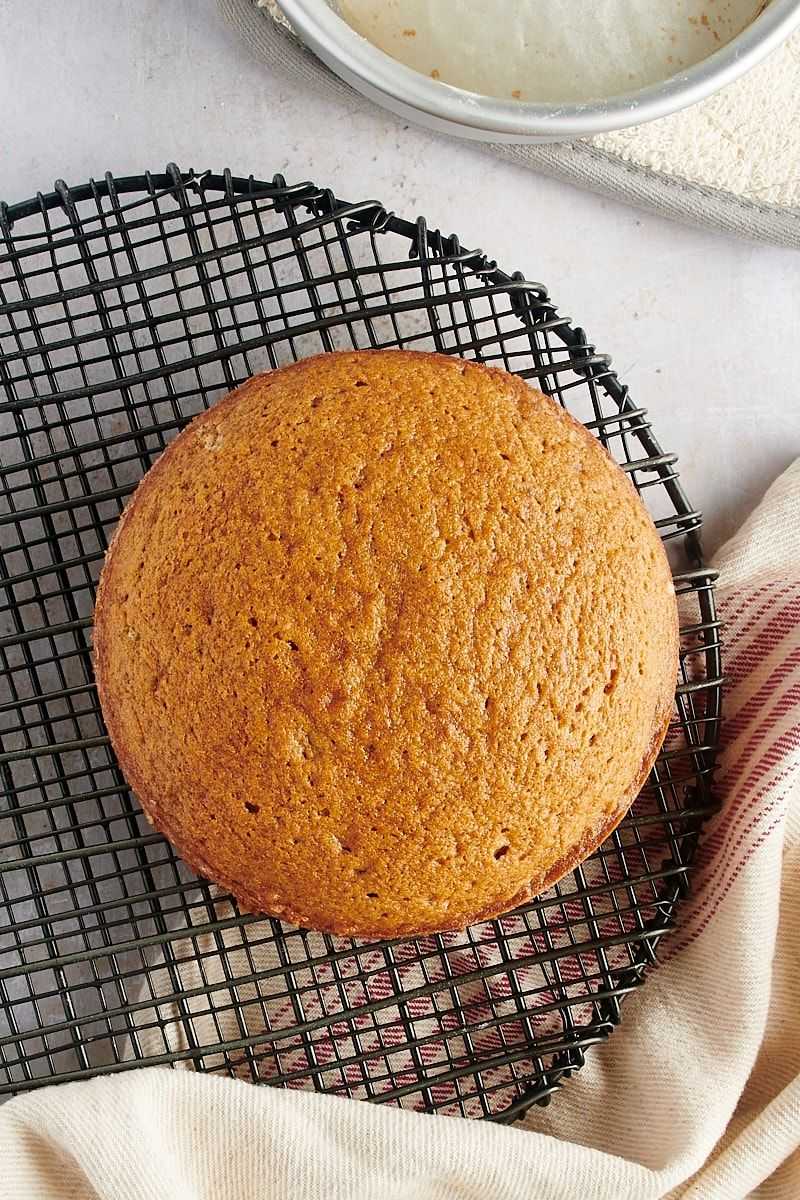
Proper cooling is vital to retain fluffiness. Immediately removing cakes from pans can cause them to collapse, as they may still be setting. Allow them to cool briefly in the pan before transferring to a rack for even airflow. Cooling racks prevent soggy bottoms, crucial for maintaining texture. Avoid covering too soon, preventing condensation. This stage is as important as baking itself, ensuring your cakes remain fluffy and maintain their structure. Understanding cooling nuances enhances overall bake quality.
Understanding Ingredients
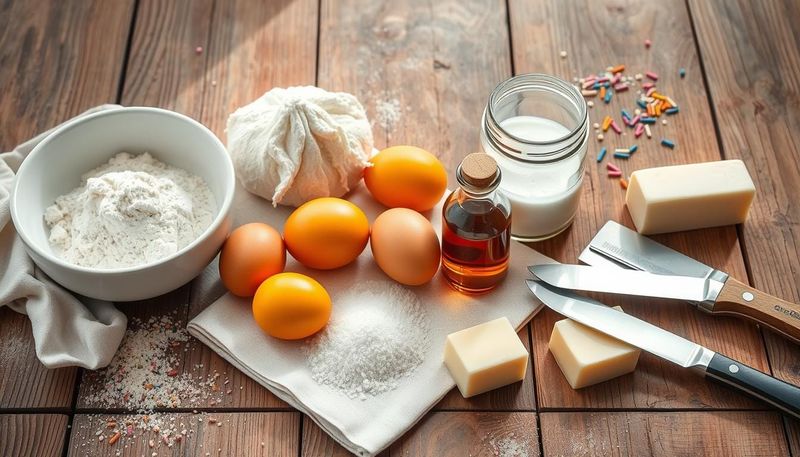
Baking is a science, and understanding ingredients aids success. Each component has a role: flour provides structure, eggs bind, sugar sweetens, and fats add moisture. Recognizing their interactions can elevate your baking. For instance, different flours absorb moisture differently; adjusting liquid ratios is key. Eggs add leavening properties, and sugar’s caramelization affects color and flavor. Fats influence tenderness and richness. Mastering ingredient roles allows creativity and precision, resulting in consistently fluffy, delightful bakes that impress every palate.
Baking Trial and Error
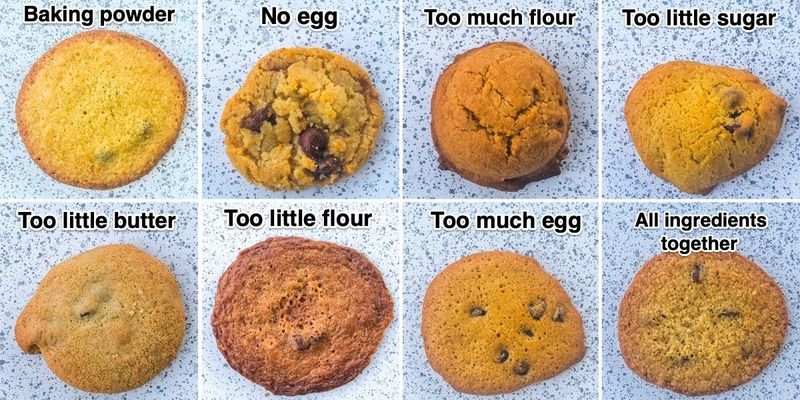
Every baker experiences trial and error. Experimenting, learning from mistakes, and refining techniques are part of the journey. Achieving fluffiness may require adjusting recipes, trying new methods, or exploring ingredient variations. Documenting each attempt helps in identifying patterns and understanding outcomes. It’s a process of discovery, leading to mastery. With each bake, knowledge grows, resulting in improved textures and flavors. Embrace the journey, and let each experience enhance your skills, leading to consistently successful, fluffy bakes that delight and inspire.
Leave a comment